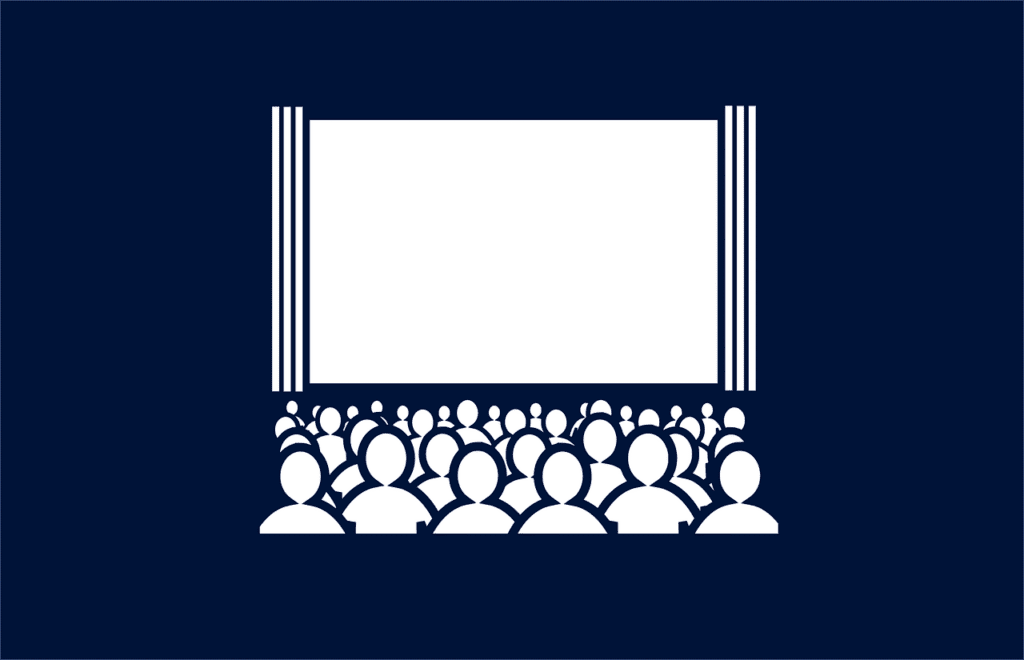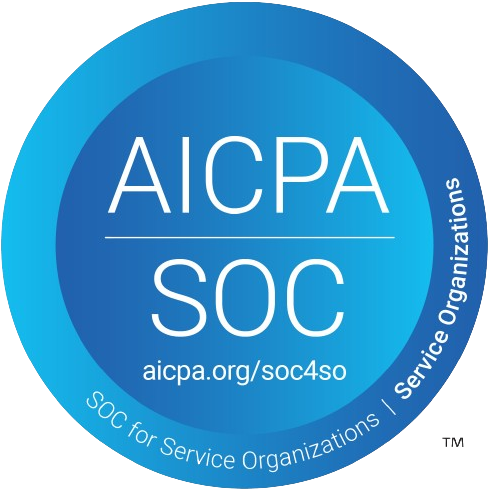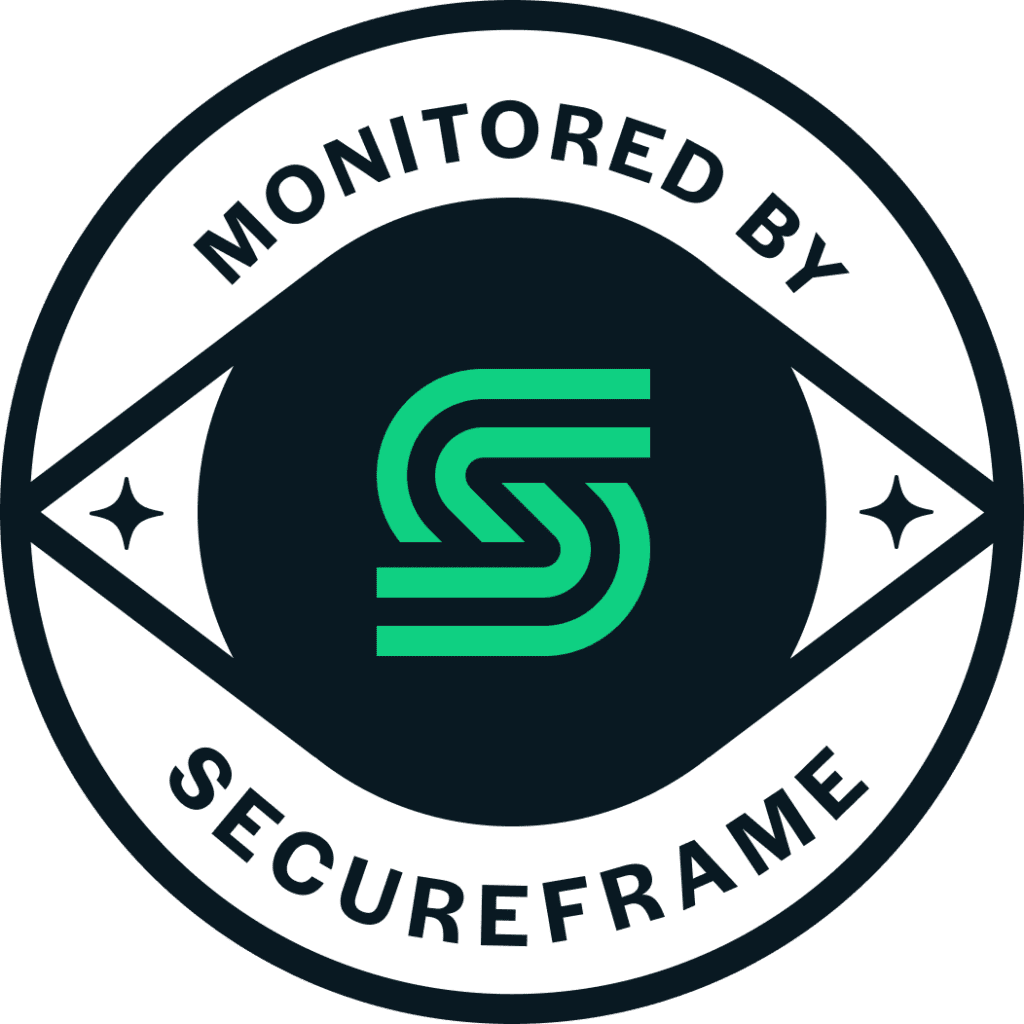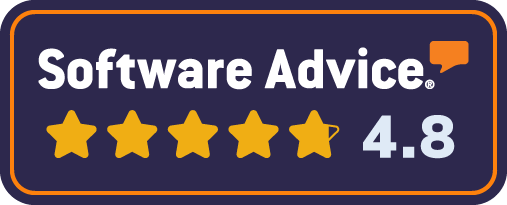A CredSpark Deep Dive
The CredSpark Guide to
Event Engagement
Chapter One:
An Intro to Sparking Event Engagement
Creating meaningful connections and interactions among attendees is the single biggest driver of success for events and conferences.
The Basics of Event Engagement
Event engagement is a central piece of any successful conference, exhibition or event. Sparking interaction and fostering connection among attendees, speakers, sponsors, and organizers is really the engine that makes the other aspects of an event (content, education, sales opportunities, etc) more meaningful, successful, and profitable. Let’s take a look into the intricacies of event engagement.
Event engagement is the extent to which attendees actively participate, interact, and connect with the event content, speakers, sponsors, and fellow participants. It includes a range of activities that include but are not limited to networking, knowledge transfers, sessions, and audience participation, with the goal to contribute to a dynamic and immersive event experience. In the following guide, you’ll discover that event engagement is ultimately the underlying impetus behind strong word of mouth, improved registration and return rates, sponsor revenue growth, and event ROI.
Data-Driven Engagement = Value
An enhanced experience creates a memorable experience. Engaged attendees are more likely to derive value from the event, leading to heightened satisfaction levels, creating a greater likelihood of retention, referrals, and positive word of mouth. In addition, done properly, engagement can foster a sense of community, encouraging the attendees to connect with peers and industry leaders and create a deeper connection to your brand.
It’s also important to remember that audience engagement and data are deeply intertwined. By creating interaction opportunities throughout your event experience (as well as before and after it), you can capture vital, actionable information on all of your event’s stakeholders. Preferences, topic knowledge, interests, budget, goals…all of this crucial data can be captured while simultaneously driving engagement, entertainment, knowledge transfer, and more. In fact, with a strategic approach to event engagement and data, you can drive big gains in revenue and brand impact.
Dive Deeper: The Role of Data in Event Engagement
Start Early: Pre-Event Engagement
Pre-event engagement is one of the most important aspects of your event strategy. It’s an essential element to build awareness, showcase your event’s value, and close the deal with registrations. Pre-event marketing is also a valuable opportunity to gain insights from prospective attendees. By creating interactive experiences that let your audience explore the possibilities of your event and see firsthand how they align with their own goals and interests, you’ll make the case for attending clear and compelling. Here are a few use cases that have been successful for CredSpark conference and event clients.
Knowledge Checks
Understanding what you don’t know and “fear of missing out” are powerful motivators. Clever event marketers are tapping into that motivational dynamic by using interactive quizzes to assess audience audience knowledge on key subjects and topics in their industry. They then show the performance, highlight knowledge gaps, and point participants to specific sessions and educational opportunities at the event that will address their individual needs. It’s a powerful way to showcase how your event provides learning and career advancement opportunities.
Personalized Agendas
“Agenda Overload” is a real thing at large conferences and events. Too many offerings can often have a paralyzing effect. That said, you still need to appeal to the broadest possible audience. By leveraging personalization within an interactive content experience, you can bridge the gap by asking questions about prospective attendees’ interests, goals, and needs, and subsequently present the specific sessions, speakers, networking opportunities, exhibitors, and more that meet their particular criteria. It’s a great way to showcase the relevance of your event and immediately highlights the value of attending.
Communities & Cohorts
People tend to gravitate towards others with similar goals, interests, and commonalities. It’s human nature. Creating interactive experiences that leverage that motivational trait can be highly impactful. Based on answers to questions, you can group people with similar interests, career tracks, professional experience, educational needs, and more. It’s a great way to collect data and build community. Innovative event planners are even creating in-person sessions and networking opportunities based on cohorts. How’s that for engagement?
Sponsor Introductions / Lead Qualification
Don’t forget about sponsors and exhibitors. What’s the #1 goal of event and conference sponsors and exhibitors? Qualified Leads. Interactive content experiences can provide you with a lucrative new revenue stream. Create compelling experiences that incorporate lead qualifying questions from sponsors. It’s an opportunity to surface highly qualified prospects and even make introductions, booth appointments, and more. CredSpark clients have found that this one opportunity generates immediate ROI.
Dive Deeper: The Pre-Event Engagement: 3 Examples
Live, Real-Time Engagement

Event planners often think, “Well, isn’t the event itself engagement?”. Sort of. But it’s important to remember that people often need a little encouragement to truly engage and take away something of value. Interactive content experiences offer a clever—and often fun—way to boost engagement when embedded into aspects of an event. There are multiple ways that you can employ to captivate your audience, generate data and insights, and create memorable experiences. Here are a few examples:
Real-Time Opinions & Feedback
Interactive content experiences can easily be incorporated into sessions. They provide welcome interludes of engagement during one-way, broadcast-style presentations, and they provide opportunities for the audience to become active participants. Capturing audience feedback, opinion, and sentiment in real time with tools like CredSpark’s Live Mode makes sessions much more dynamic, relevant, and engaging.
Knowledge Checks & Assessments
Session content at events and conferences are often based on assumptions of what the audience knows. Often, those assumptions are wrong. Starting a session or educational workshop with an interactive knowledge check or assessment will give the presenter an immediate understanding of the base knowledge of the audience, allowing them to tailor the content based on the actual needs of the attendees—skipping over content everyone knows and focusing on the true high-value learning opportunities. Talk about relevance: your attendees will leave the event armed with new knowledge and skills. And that translates into incredible word of mouth.
‘Choose Your Own Adventure’ Kiosks
E-posters and kiosks don’t have to be one-way interactions. You can create interactive, adaptive experiences that are based on participant input, could send them down a learning / discovery adventure with educational content, sponsor products & services, potential career paths, and more. It can turn an often “glance and pass by” aspect of your event into a data-generating, sticky experience that delights audiences and delivers value.
Games, Competitions, & Contests
Who says conference content can’t be fun? Leverage interactive experiences to inject fun, humor, and the competitive spirit into your event and watch engagement levels soar. Quizzes and trivia with leaderboards are a great way to stoke participation in sessions, keynotes, and educational workshops. And contests provide a terrific, revenue-generating opportunity to incorporate sponsors and exhibitors into the mix. These types of interactions generate excitement, spark conversations, and get people smiling. Now, that’s event engagement!
Dive Deeper: Collecting Data & Insights at Events
Post-Event Enagement
Event engagement doesn’t end at the wrap up session.
High-engagement events and conferences leave a lasting impact on attendees. It’d be a waste if you let that end at the wrap up session. Post-event engagement is not only crucial to maintaining connection with your audience, it’s actually essential to putting on an even more effective event the following year.
Gather feedback and data.
Follow up with an interactive survey that includes elements of fun and makes clear that you want participants to be a key part of the conversation on making your event or conference as effective and useful as possible. The insights you gain will help you quantify the impact of your event and should inform how you design and structure following events. Plus, these feedback opportunities are a great way to keep attendees engaged.
Engage your communities and cohorts.
If you leveraged interactive content and personalization to create communities and cohorts, make sure you keep them engaged after the event, too. Active community members can become terrific brand ambassadors for your event and can be very useful sources of insights and market intelligence for you as you plan future events, content, solicit future presenters, and more.
Point to additional content and resources.
Continue being useful after your event. Use interactions to determine what content and event features resonated with individual attendees the most and then use personalization to point them to additional learning opportunities, sponsor content, activities, and more.
Bringing It All Together
If the importance of event engagement has struck a chord, it’s time to think about implementing these ideas into your own event strategy. CredSpark has a proven track record of helping event organizers create interactive event experiences that enhance engagement and the bottom line. Want to find out more? Let’s talk about implementing the next level of engagement into your events.







